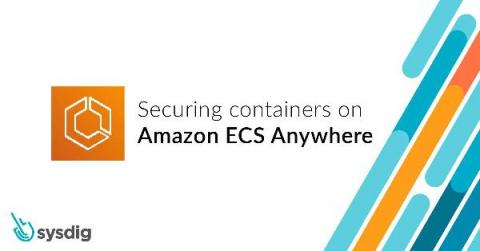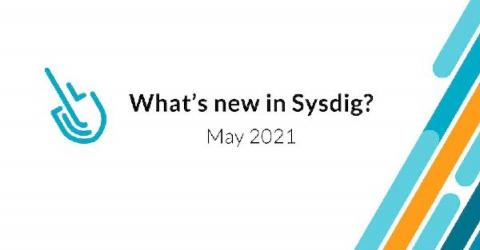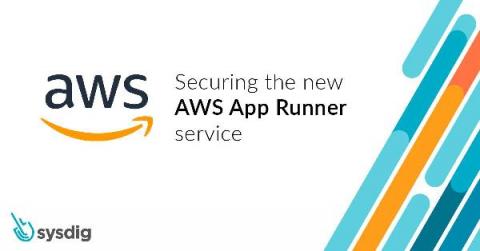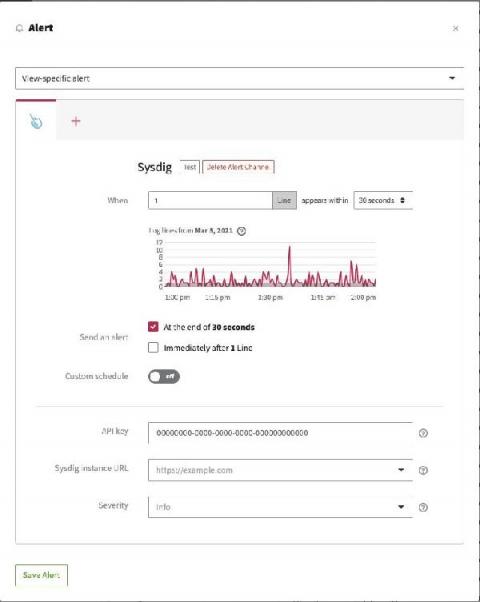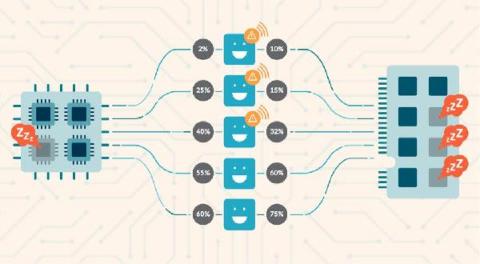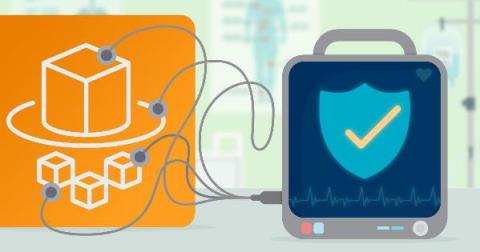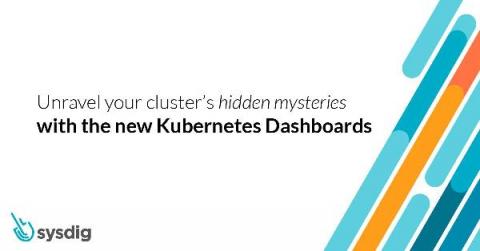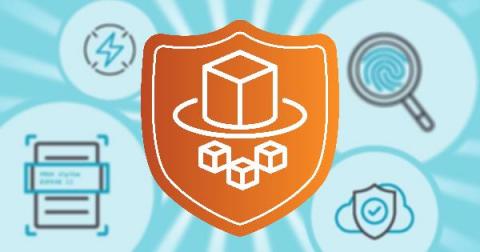Top 10 PromQL examples for monitoring Kubernetes
In this article, you will find 10 practical Prometheus query examples for monitoring your Kubernetes cluster. So you are just getting started with Prometheus, and are figuring out how to write PromQL queries. At Sysdig, we’ve got you covered! A while ago, we created a PromQL getting started guide. Now we’ll jump in skipping the theory, directly with some PromQL examples.



